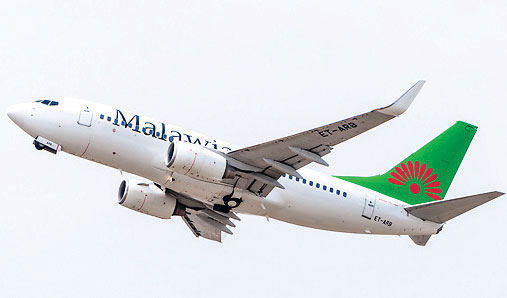Canadians Cut U.S. Travel Plans Amid Trade Tensions: How to Save on Travel Costs


As the trade tensions between the U.S. and Canada continue, Canadians are rethinking their travel plans to the United States. This shift is impacting tourism on both sides of the border, particularly as Canadians feel the financial strain of the trade war and rising costs.
The Impact of Trade Tensions on U.S.-Canada Travel
According to data from U.S. Customs and Border Protection (CBP), nearly 500,000 fewer travelers crossed from Canada to the U.S. in February 2025 compared to the same time last year. Reports from Canada’s statistical agency show a 23% drop in Canadian car trips to the U.S. and a 2.4% decline in round-trip air travel. Flight Centre Canada revealed a staggering 40% drop in leisure travel bookings to the U.S. year-over-year.
The reasons behind this decline are multifaceted. Rising costs, exacerbated by a weakened Canadian dollar, are playing a significant role. But patriotism is also at play, as many Canadians are boycotting American brands and travel in response to President Trump’s remarks about Canada potentially becoming the 51st state, a sentiment which has sparked outrage among many Canadians. This has contributed to a backlash against U.S. travel, especially to popular destinations like Florida, California, and New England.
How to Save on Travel Amid Rising Costs
With the ongoing trade tensions and higher tariffs, travelers—whether domestic or international—are feeling the pinch. Experts predict that long-term impacts of the trade war could drive up airfare and hotel costs, especially as airlines face higher costs for aircraft and supplies.
To manage travel expenses, here are a few practical tips:
- Book Early for Lower Rates
Booking flights and hotels in advance can lock in lower rates before tariffs and inflation push prices higher. Airlines and accommodations often adjust pricing to reflect increased costs, so securing your bookings early can help you avoid last-minute price hikes. - Consider Alternative Destinations
If your usual travel spots are seeing reduced Canadian tourism due to the tariff situation, it might be a good time to explore off-the-beaten-path destinations. You may find that prices in popular U.S. destinations, such as Florida and California, drop due to reduced demand. Look for domestic or less crowded locations that can offer good deals without sacrificing quality. - Shop Smart for Travel Essentials
Tariffs are making imported goods more expensive, including luggage, clothing, and electronics. To avoid extra expenses, shop for discounts, buy second-hand items, or borrow travel essentials from friends and family. This will help you keep your travel budget intact. - Utilize Rewards and Discounts
Frequent flyer miles, hotel loyalty programs, and credit card travel rewards can provide significant savings. If you haven’t already, consider signing up for a travel rewards credit card or searching for promotions to help offset the costs of flights, lodging, and rental cars. - Save on Transportation Costs
With rising gas prices, it’s more important than ever to reduce transportation costs. Opt for public transportation in cities, consider booking flights through major hub airports for better fares, or compare fares using online tools. If driving, use apps like GasBuddy to find the lowest fuel prices along your route.
Final Thoughts
While rising tariffs and trade uncertainties continue to disrupt travel plans, planning ahead and staying flexible can help keep your travel costs under control. By making strategic choices, such as booking early and exploring alternative destinations, travelers can still enjoy an affordable and memorable vacation despite the economic challenges. For more tips on affordable travel and up-to-date news on travel costs, consult official government sources and travel platforms for the latest information.
The post Canadians Cut U.S. Travel Plans Amid Trade Tensions: How to Save on Travel Costs appeared first on Travel And Tour World.
What's Your Reaction?
 Like
0
Like
0
 Dislike
0
Dislike
0
 Love
0
Love
0
 Funny
0
Funny
0
 Angry
0
Angry
0
 Sad
0
Sad
0
 Wow
0
Wow
0














































